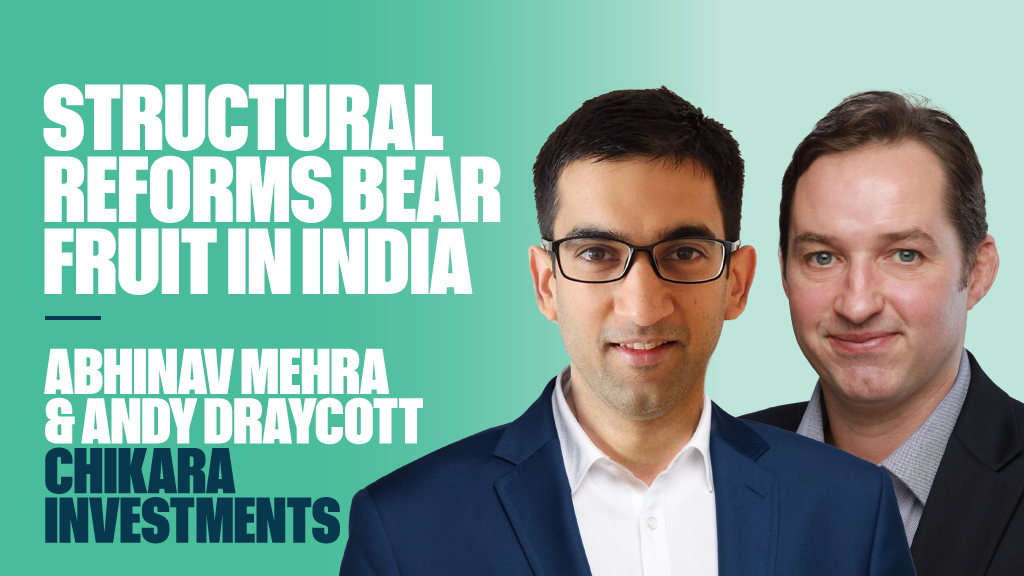The trust returned 15.2% to shareholders, while Nav per share reached 13.6%.
Last year Alliance Trust underwent a significant resturcture, moving to a more global approach and cutting the number of holdings to give it a higher conviction. The firm believes these changes have already reaped investors rewards.
Increased gearing in the trust, from 8% to 12%, has been championed as another key driver of performance during the first three months of the year.
Portfolio changes
The Trust increased its equity exposure from 89% to 96% of Nav, while investments in fixed income were reduced to 8.5% from 9.6%.
The graph shows a breakdown of the trust’s portfolio by asset class at the end of Q4 2012 and the end of Q1 2013.
true
Key additions to the portfolio included Walt Disney, Zurich, Barclays and Infineon Technology; these four holdings accounted for £140m of the £220m of new stock.
The trust also offers a full set of clean share classes having made the decision to adopt them at an early stage.
There has been a lot of noise about clean share classes this week, with Cofunds announcing that it anticipated increasing its offering to 3000 by July, while Skandia and Standard Life released opposing plans, with the former stating that it would retain rebates on as many funds as possible in the interest of the investor, and the latter revealing its intention to eliminate rebates by the start of the 2014/15 tax year.
Sector exposure and performance
Healthcare, consumer staples and consumer discretionary were the best performing sectors during the quarter, returning 22.3%, 19.5% and 16.4% respectively.
The trust has shuffled its sector allocations slightly during the quarter, increasing exposure to financials and healthcare slightly while reducing holdings in energy and materials.
A spokesperson said: “We continue to monitor both the domestic and international economic backdrop and we do not anticipate the global economy slipping into recession. However, we remain focused on the global thematic long-term drivers of stock specific returns which dominate stock price movements over time.
"We feel this is a prudent approach and adds value, throughout the economic cycle, and is consistent with our objective of delivering an increasing total shareholder return on a sustainable basis."











